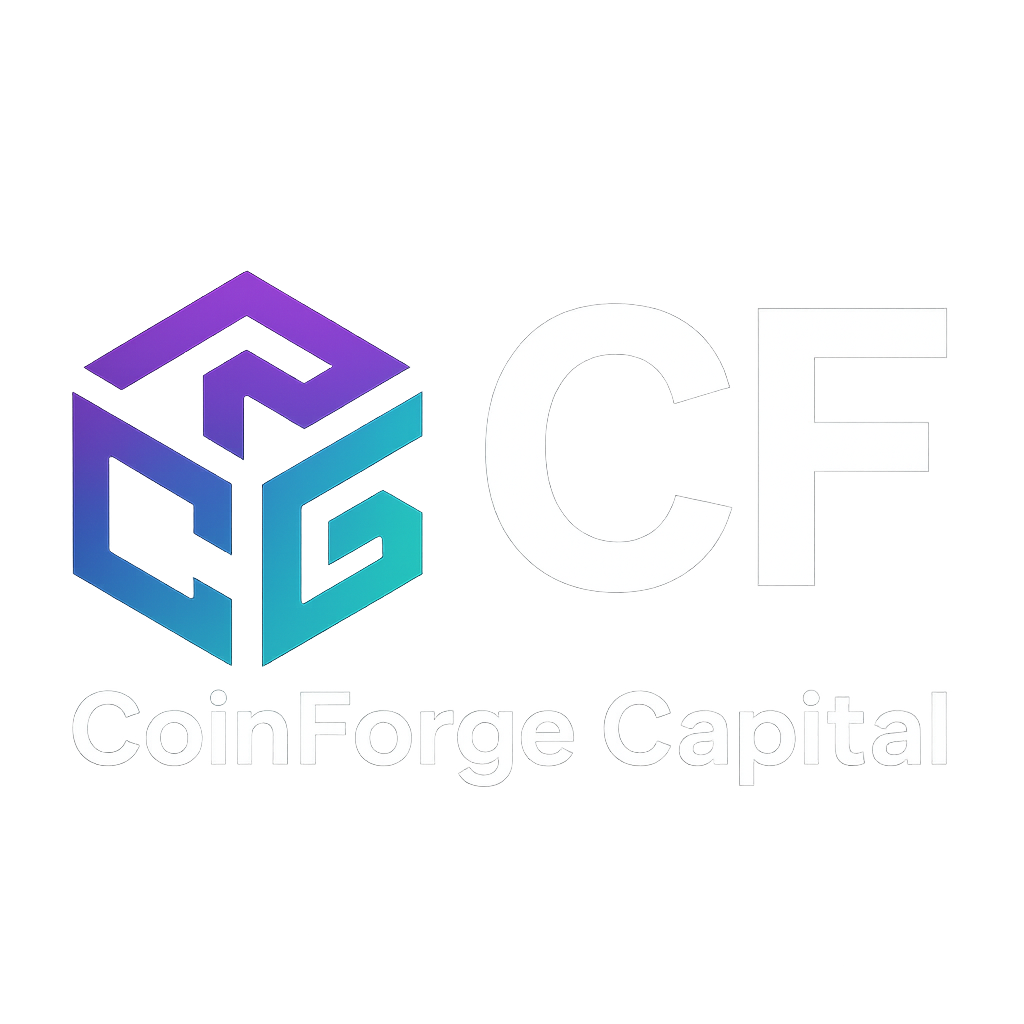For years, the biggest challenge in institutional crypto adoption hasn’t been custody or regulation — it’s been trust in data. Every transaction may live on-chain, but making sense of it in a structured, auditable, and compliant way has long been a bottleneck. That’s starting to change — and quietly, it’s reshaping how we account for digital assets.
At CoinForge Capital, we’ve seen how traditional accounting frameworks often fall short when faced with decentralized systems. Blockchains don’t close monthly ledgers. They don’t issue statements. They just record — endlessly, immutably, and in real time. That constant flow of transparent data is both a challenge and an opportunity.
From Manual Reconciliation to Real-Time Proof
Historically, reconciling crypto transactions required manual tracking, CSV exports, and endless spreadsheet gymnastics. But emerging on-chain accounting platforms now bridge those gaps by aggregating blockchain data directly from multiple wallets and protocols.
This shift enables real-time visibility — assets, liabilities, and P&L can now be viewed live, not 30 days later. For institutional desks, that means a move away from periodic reconciliation toward continuous proof-of-holdings and instant auditability.
Smart Contracts as Audit Trails
Smart contracts are also quietly transforming compliance. Instead of relying solely on third-party attestations, institutions can leverage verifiable on-chain trails that serve as tamper-proof audit logs. Each trade, loan, or yield strategy leaves a cryptographic footprint. This makes “proof-based reporting” — not “trust-based reporting” — the new standard.
Auditors and regulators are beginning to notice. We’re moving toward a world where transparency isn’t produced — it’s inherited from the protocol itself. That’s a powerful change.
Beyond Numbers: Strategic Insight
This new transparency isn’t only about compliance; it’s about strategy. When every wallet, protocol, and counterparty can be analyzed in real time, institutions can identify inefficiencies, counterparty risk, and liquidity exposure far faster.
It’s the same advantage algorithmic traders gained from market data — now applied to the back office.
The Next Phase: Composable Finance and Reporting
The next evolution will see accounting logic embedded directly into financial smart contracts. Imagine a lending protocol that automatically generates its balance sheet, or a fund that posts its NAV on-chain in real time. That’s not science fiction — it’s being built right now.
As this silent revolution unfolds, the firms that embrace data transparency and automation will be the ones that scale securely.
At CoinForge Capital, we believe trust in digital finance will be earned through visibility — not promises.






